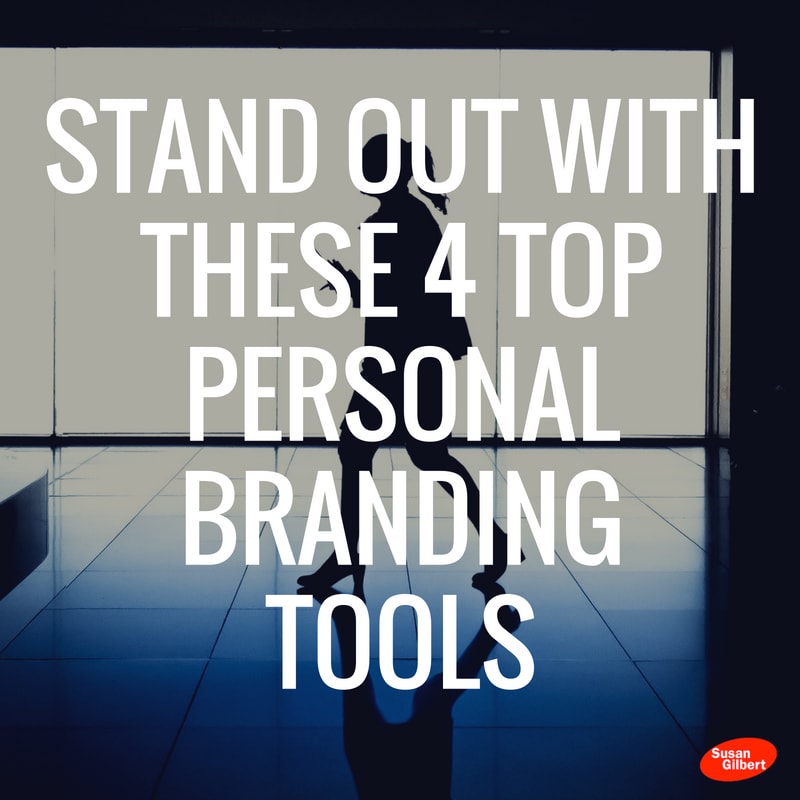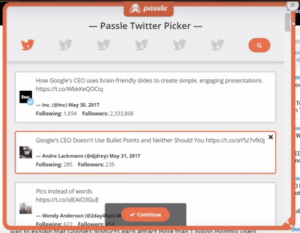By
Building a loyal following is not difficult when you know which tools to use. Connecting with the right people can help you spread word and find new clients. There are several resources that can improve your networking with better results. Would you like to increase your brand awareness? Take advantage of these resources, and let me know how these work for you!
1) Become the knowledge source – Passle
Build relationships with experts who will recommend your brand. Passle helps by focusing and engaging with your community who can then experience your own expertise in your industry. Find targeted articles to re-purpose on your blog, announce the latest events and news for your brand, find relevant content for your audience, and more.
2) Connect with quality industry leaders – Xing
Would you like to engage in a smaller social network for more targeted connections? Newer on the networking scene from Germany is a website similar to LinkedIn called, Xing, but with more of a simplified format. This is a good resource resource for employers and job seekers alike with access to high level professionals in both business and the media.
3) Online reputation management – Brand Yourself
Want your blog to appear in Google search results? Then you will enjoy Brand Yourself, which gives you an opportunity to submit three profiles such as a website, social media profile, ect. for free. This is one worth checking out especially if your personal brand is newer.
4) Create an online business profile in minutes – Strikingly
Would you like to showcase your brand but don’t have a website up yet? A good service to use in place of a blog is called, Strikingly. Brands and businesses can set up a page showcasing a biography, expertise, and connected networks. Use the free version or purchase a domain name that can be moved later to a WordPress installation.
Hopefully you will find these personal branding tools useful to your online marketing strategy.































